Rising Workplace Safety Regulations
The Employers Liability Insurance Market is experiencing a notable increase in demand due to the rising workplace safety regulations. Governments and regulatory bodies are implementing stricter safety standards, compelling employers to ensure compliance. This trend is evident in various sectors, including construction and manufacturing, where the risk of workplace injuries is higher. As a result, employers are increasingly investing in liability insurance to mitigate potential financial losses stemming from employee claims. The market data indicates that the demand for employers liability insurance has surged by approximately 15% over the past year, reflecting the heightened awareness of workplace safety and the associated legal implications.
Growing Awareness of Employee Rights
In recent years, there has been a marked increase in awareness regarding employee rights, which has significantly influenced the Employers Liability Insurance Market. Employees are becoming more informed about their rights and the protections available to them, leading to a rise in claims related to workplace injuries and unfair treatment. This shift in employee consciousness is prompting employers to secure comprehensive liability insurance to protect against potential lawsuits. Market data suggests that claims related to workplace injuries have risen by 10% annually, underscoring the necessity for employers to invest in liability insurance as a safeguard against legal repercussions.
Economic Uncertainty and Business Resilience
Economic uncertainty is a prevailing factor that is shaping the Employers Liability Insurance Market. Businesses are increasingly recognizing the importance of resilience in the face of unpredictable economic conditions. As companies strive to maintain stability, they are more likely to invest in employers liability insurance to protect their financial interests. This trend is particularly pronounced in industries that are more susceptible to economic fluctuations, such as retail and hospitality. Market analysis indicates that the employers liability insurance sector has seen a growth rate of 12% in response to businesses prioritizing risk management strategies amid economic challenges.
Technological Advancements in Risk Assessment
Technological advancements are playing a pivotal role in transforming the Employers Liability Insurance Market. The integration of data analytics and artificial intelligence is enhancing risk assessment processes, allowing insurers to better evaluate potential liabilities. This technological evolution enables employers to obtain more accurate insurance quotes and tailor their coverage to specific risks. As a result, businesses are increasingly inclined to invest in liability insurance, knowing that they are receiving coverage that aligns with their unique operational risks. The market is projected to grow by 18% over the next five years, driven by the adoption of innovative technologies in risk management.
Increased Focus on Mental Health in the Workplace
The growing emphasis on mental health in the workplace is significantly impacting the Employers Liability Insurance Market. Employers are becoming more aware of the importance of mental well-being and its correlation with productivity and employee satisfaction. This shift is leading to an increase in claims related to workplace stress and mental health issues, prompting employers to seek comprehensive liability insurance that covers these emerging risks. Market data indicates that claims related to mental health have increased by 20% in recent years, highlighting the necessity for employers to adapt their insurance policies to encompass mental health considerations.


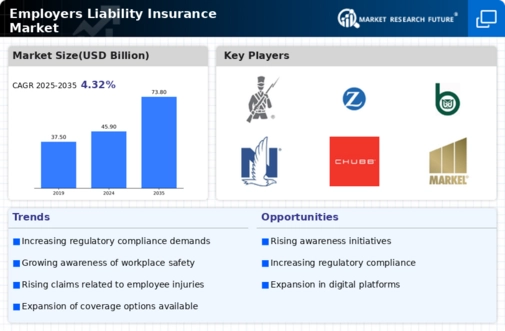
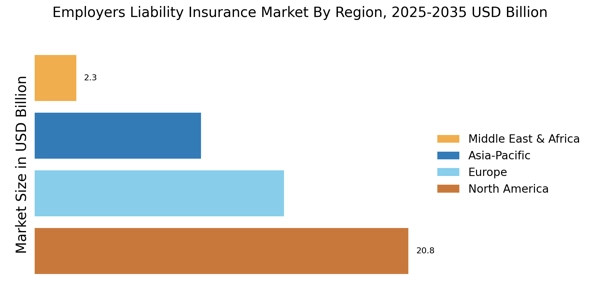
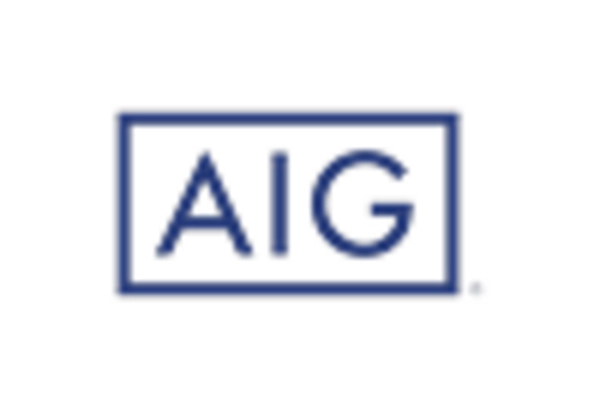

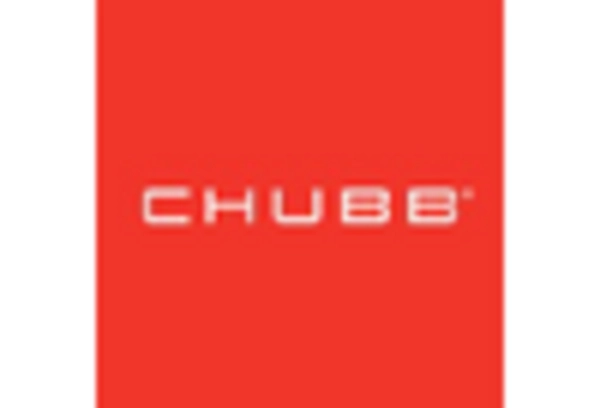

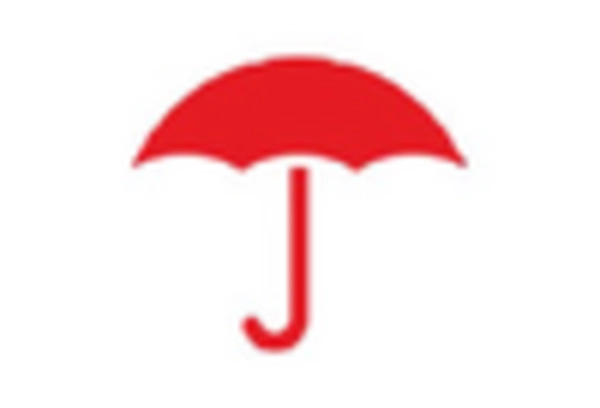
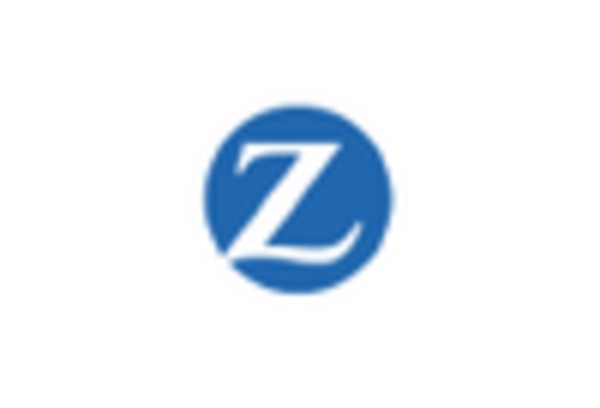








Leave a Comment